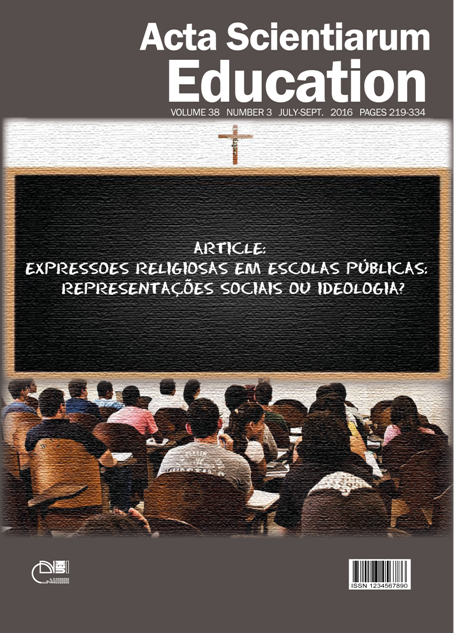<b>The rapports between ‘techné’ and ‘paideia’ in the Roman Empire: reading the Antiochene mosaics
Abstract
Discussion on the Roman mosaic as techné or as ars, is provided, or rather, a decoration technique for interiors made at high specialization levels. When the main procedures adopted in mosaic art are established, we will show how a certain technique, a particular way in handling unsophisticated materials learnt by semi-illiterate people, lost throughout the ages, was used to express themes and motifs connected with paideia, the superior education of the Greco-Roman elite. As a case study, two mid-3rd century CE mosaics found in the so-called House of Menander, a villa located in the suburb of Daphne, in southern Antioch, will be investigated.
Downloads

This work is licensed under a Creative Commons Attribution 4.0 International License.
DECLARATION OF ORIGINALITY AND COPYRIGHTS
I declare that this article is original and has not been submitted for publication in any other national or international journal, either in part or in its entirety.
The copyright belongs exclusively to the authors. The licensing rights used by the journal are the Creative Commons Attribution 4.0 (CC BY 4.0) license: sharing (copying and distributing the material in any medium or format) and adaptation (remixing, transforming, and building upon the material thus licensed for any purpose, including commercial purposes) are permitted.
It is recommended that you read this link for more information on the subject: providing credits and references correctly, among other crucial details for the proper use of the licensed material.














































